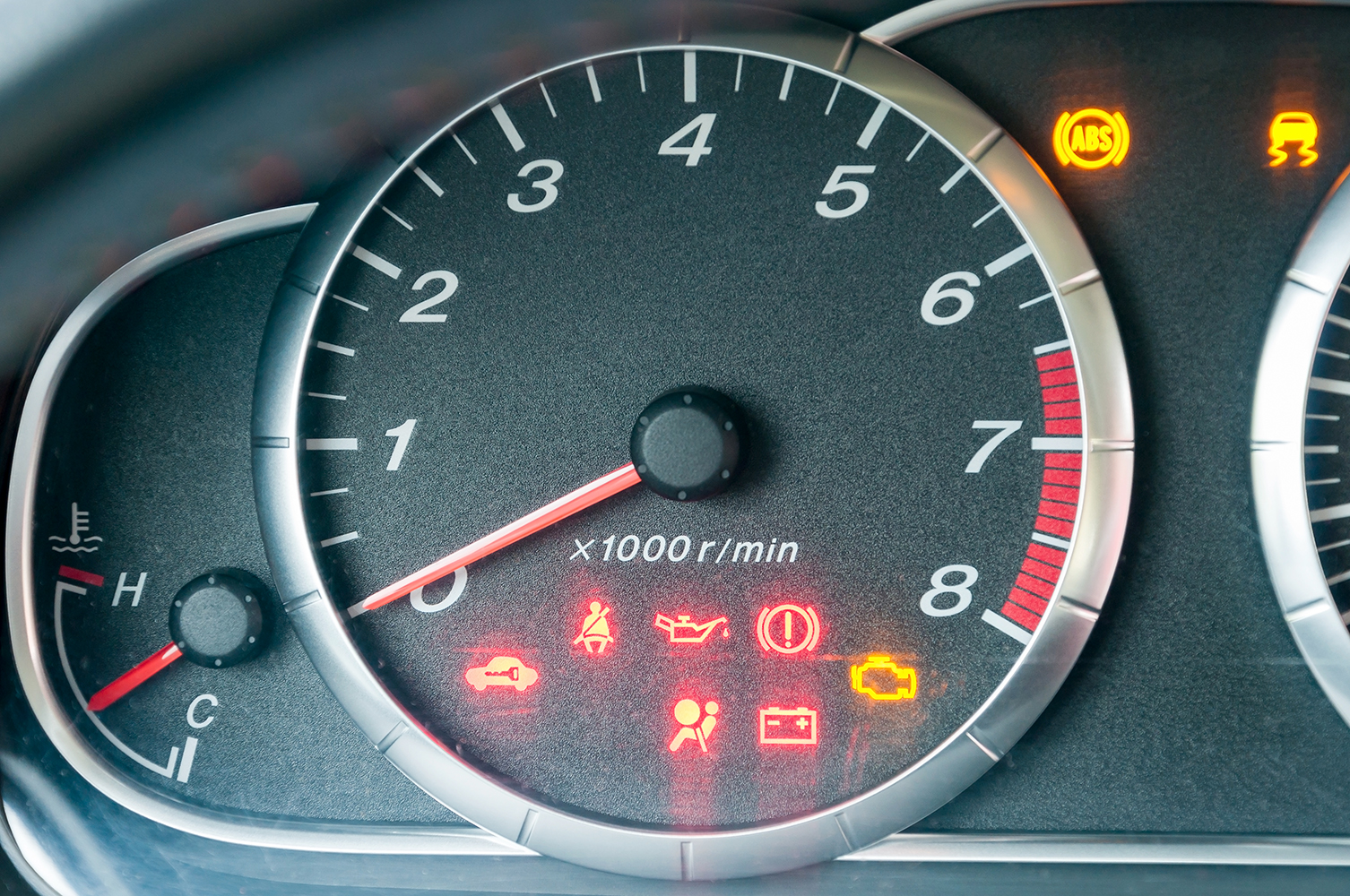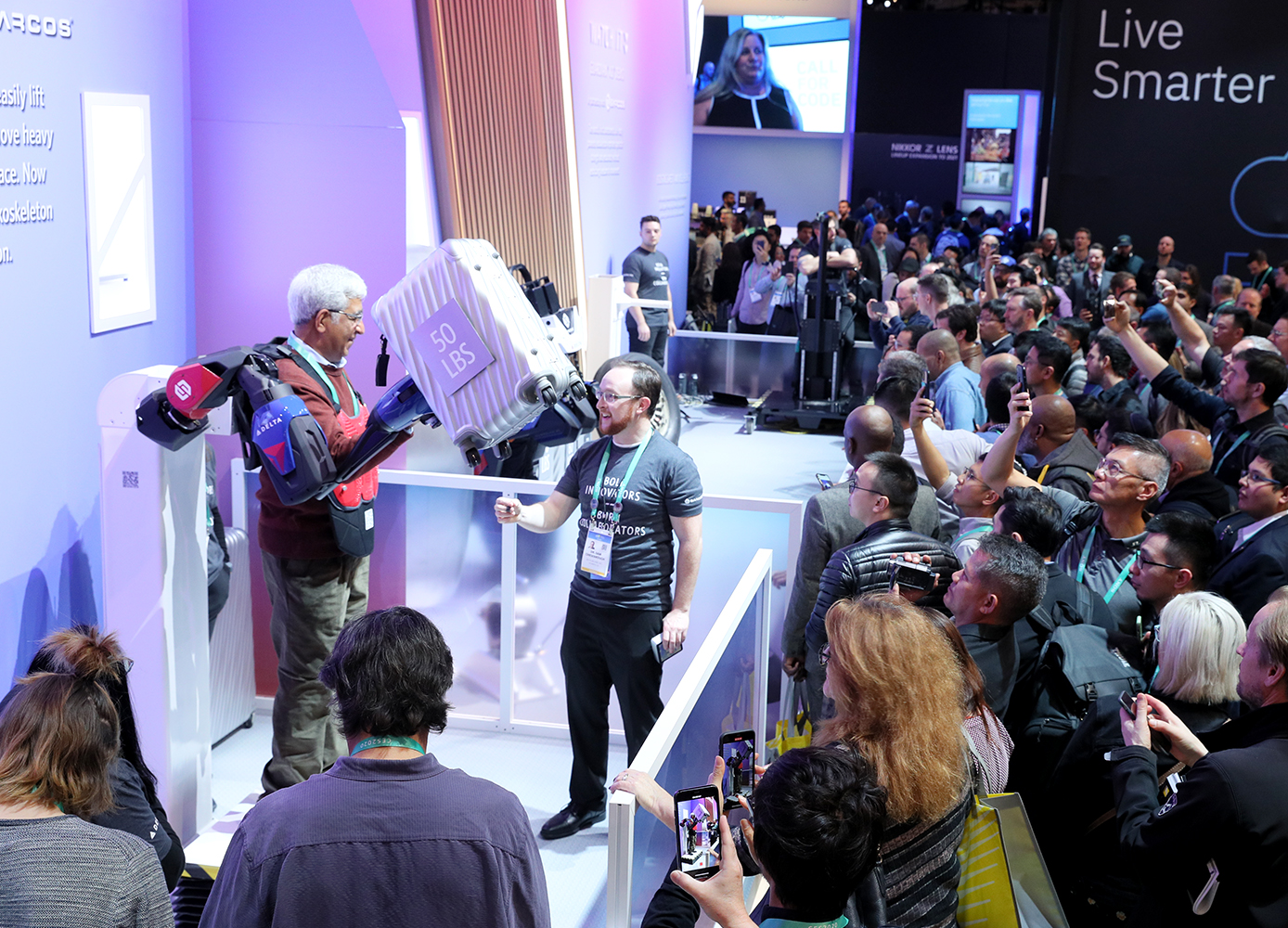Cars come with their own vocabulary, but it’s not going to help you if it’s all gibberish. Here’s a quick guide.
By Caitlin Finlay
Buying a car is a significant investment and the jargon associated with cars can confuse rather than clarify your decision-making. We’re here to make car shopping or a trip to the garage less stressful by explaining common car terms.
0 to 60: We often hear this phrase used when discussing sports cars, but it also applies to regular cars. It refers to the minimum number of seconds it takes for a car to accelerate from a standstill to 60 miles per hour. Aside from conferring bragging rights, this stat is a useful indicator of how quickly a car can get up to speed when merging onto a highway.
MSRP: MSRP stands for “manufacturer’s suggested retail price,” also known as the sticker price. It’s vital to research the MSRP before buying a car so you don’t overpay, as you can often negotiate a lower price.
ABS/EBD: “ABS” refers to a car’s anti-lock braking system, which prevents you from skidding and allows you to steer the car while braking. You’ve probably experienced it when braking on an icy road: you push on the brake and feel the pedal vibrate under your foot—this is a normal part of the ABS system. EBD, or electronic brake distribution, adjusts the braking power needed to each wheel depending on road and traction conditions and the number and location of passengers in the car.
MPG and L/100 km: MPG (miles per gallon) is an indicator of how much fuel a vehicle can be expected to consume—the MPG figure indicates the number of miles you can drive on one gallon of fuel. In Canada, of course, we use the much more helpful “litres per 100 kilometres.” As Brian Dunning succinctly puts it on skepticblog.org, “When we talk about a car’s fuel economy, what we want to know is how much fuel does it use?, not how far does it go?; MPG answers the latter question, while L/100 km is what gives us the answer we want.”
However, keep in mind that both terms are based on test results and not on real usage—the actual values will very likely be lower (for MPG) or higher (L/100 km) than the advertised figures.
Kilowatt hours (kWh): This value is relevant for electric cars—it’s the equivalent of MPG. A larger kilowatt-hour value means the car will maintain a charge longer—but it will also take longer to charge.
Transmission: The transmission, also known as a gearbox, is the component that takes the power from the engine and makes the car move. There are three types of transmission: manual, automatic, and continuous variable transmission (CVT). With a manual transmission, the driver has full control to select among the available gears, while an automatic transmission does the gear shifting automatically so the driver doesn’t have to worry about it. CVT is similar to an automatic transmission but uses pulleys instead of gears to provide smoother transitions.
Powertrain: There are three main categories: front wheel drive (FWD), rear wheel drive (RWD), and all-wheel drive (AWD/4WD/4×4). FWD means that the power goes to the front wheels to “pull” the car; RWD means the power goes to the back wheels, “pushing” the car; and AWD means that all wheels are provided power to move the vehicle and provide better traction.
Horsepower: Aptly named, one horsepower is the pulling ability of one thoroughbred horse—the term is used to describe the power generated by an engine. More specifically, it’s the power needed to lift 550 pounds one foot off the ground in one second.
Weight: There are various weight measurements and they have different meanings. “Curb weight” is the weight of an empty car with a full tank of gas, whereas “gross weight” is the maximum safe amount of total weight including passengers and cargo. The “towing capacity” is how much a car can pull and safely bring to a stop, and the “payload” is how much the vehicle can carry, such as in a truck bed.
Torque: Torque is the rotational power of the engine to move and accelerate the vehicle. Higher torque means faster, smoother acceleration and a better ability to move heavy vehicles.
Photo: iStock/mkos83.






